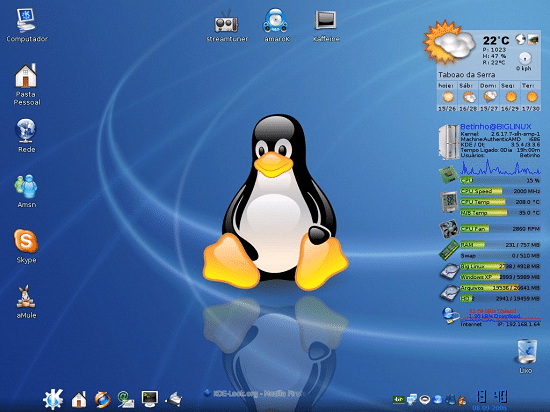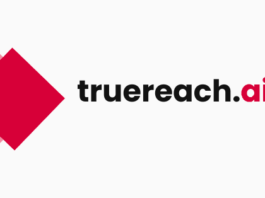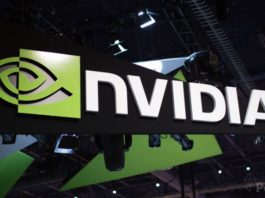Linux’s market presence on desktops reaches a new milestone as it breaks through the 3% market share barrier, reflecting a significant surge in adoption. Explore the implications of this achievement and the factors driving Linux’s ascent.
In a noteworthy development for the open-source community, Linux has surpassed the 3% market share threshold on desktop computers, indicating a substantial increase in usage. While Linux has long been a dominant force in areas like smart televisions and servers, its presence on desktops has traditionally been limited, hovering around the 2% mark. However, recent data reveals a remarkable uptick, with Linux now claiming over 3% of the desktop market. This achievement prompts us to delve into the implications of this rise.
Three years ago, during the peak of the pandemic, Linux experienced a surge in desktop usage. However, as the world adjusted to the new normal, its popularity dipped below 1.5%. Speculation arose that Linux was primarily used in homes rather than workplaces. Yet, in the current landscape, Linux has made a resounding comeback, doubling its usage compared to three years ago and surpassing the 3% milestone.
Notably, this is the first time Linux has achieved a market share above 3% on desktops. Recent statistics from StatCounter indicate Linux reached 3.07% in global market share in June, with Chrome OS maintaining a separate section at 4.13%. macOS claimed 21.32%, while the long-standing market leader, Windows, still reigns supreme with 68.23%, although this represents a significant decline from its peak of nearly 80% in July 2022.
While StatCounter’s data provides insights, the reasons behind Linux’s breakthrough remain uncertain. Factors such as the forthcoming release of Windows 11, which imposes hardware restrictions, may have led some users to explore Linux as an alternative. Additionally, Valve’s introduction of the Steam Deck, a handheld gaming device that supports Linux, could have contributed to more game developers embracing the platform.
After dipping below 1.5%, Linux’s market share rebounded, surpassing the 2% mark and culminating in the recent breakthrough of 3%. The key question now is whether this achievement represents a temporary spike or a sustained trend. Only time will reveal the true significance of this milestone and shed light on Linux’s future trajectory in the highly competitive desktop operating system landscape.




